The power’s been cut, and another EPCOT Center classic has seen its last days. Our Lost Legends series was developed for just such occasions, and for years now we’ve been adding unabridged entries to this growing library, chronicling the in-depth histories of forgotten fan favorites.
We’ve toured the streets of London on Mr. Toad’s Wild Ride, narrowly escaped the bite of JAWS, explored how Disney’s cancelled Beastly Kingdom became Universal Orlando’s Lost Continent, gotten a taste of EPCOT Center’s “dinner” show Kitchen Kabaret, dissected the history of Disneyland Paris’ one-of-a-kind Space Mountain: De la Terre à la Lune, and so many more.
Today, we sadly induct another classic into our Lost Legends series: perhaps the most epically-sized dark ride Disney ever designed: Universe of Energy. Oversized, educational, and an astounding 45-minutes, this gargantuan journey into the past was a star of Future World and an icon of EPCOT Center’s early years. Today, we’ll dive into the history of the concept and watch its evolution over three and a half decades, then take a cautious look at what’s to come when Epcot changes forever… Ready?
World History
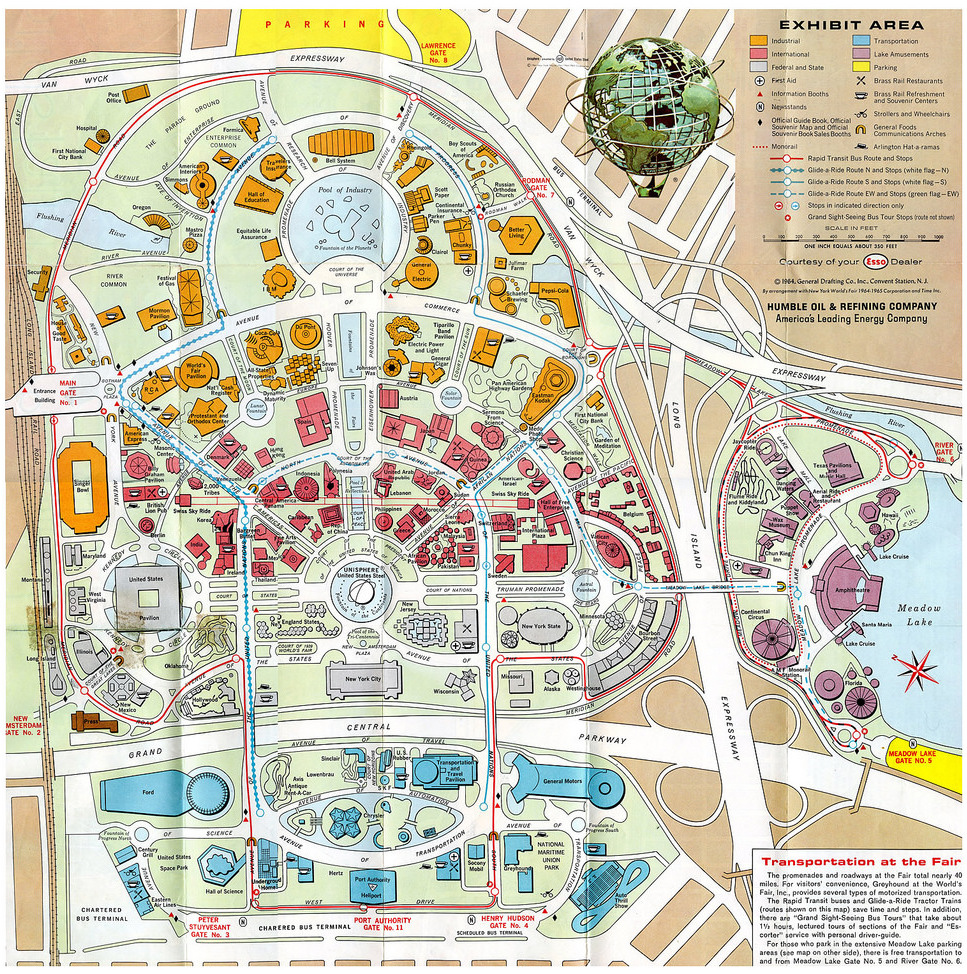
Dateline: 1964. Flushing Meadows Park in Queens, New York comes alive! Covering 646 acres, the New York World’s Fair is a “universal and international” exposition, dedicated to “Man’s Achievement on a Shrinking Globe in an Expanding Universe.”
Born of the same optimism, wonder, futurism, and architecture that would create Disneyland’s New Tomorrowland three years later, the 1964 New York World’s Fair is an icon of mid-century Americana. Built around a 140-foot tall Unisphere are over 140 pavilions, each designed and constructed by 80 nations, 24 US states, and 45 international corporations eager to share the wonders of their culture, history, and innovations.
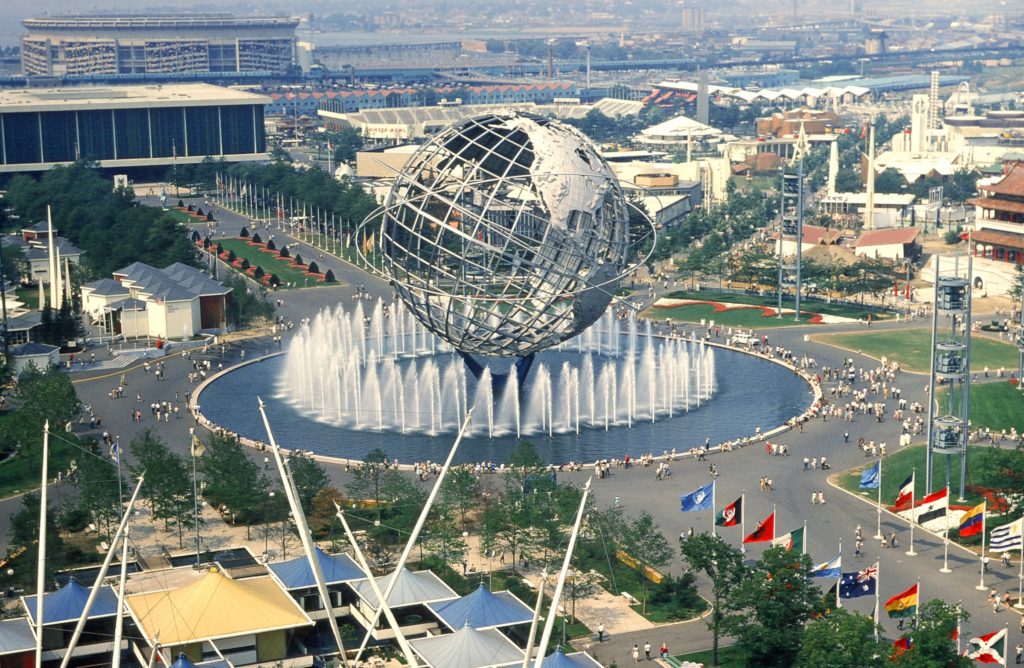
The nascent Space Age and its vista of promise; the pre-Vietnam optimism of a Baby Boomer generation; an iconic showcase of American products in transportation, consumer electronics, and daily living… The World’s Fair was a headlining moment in modern American pop culture.
Especially for Imagineering fans, the 1964-65 World’s Fair is considered a landmark event. After all, WED Enterprises (today, Imagineering) had been contracted to produce four attractions for the Fair. Pepsi-Cola, the State of Illinois, General Electric, and Ford Motor Company had each asked Disney to create a headlining showcase attraction to draw guests to their respective pavilions. In exchange, WED would have the freedom to explore and innovate using external funding – a dream come true! Using “company money,” WED could innovate, explore, and expand new concepts as never before…
Ford Magic Skyway
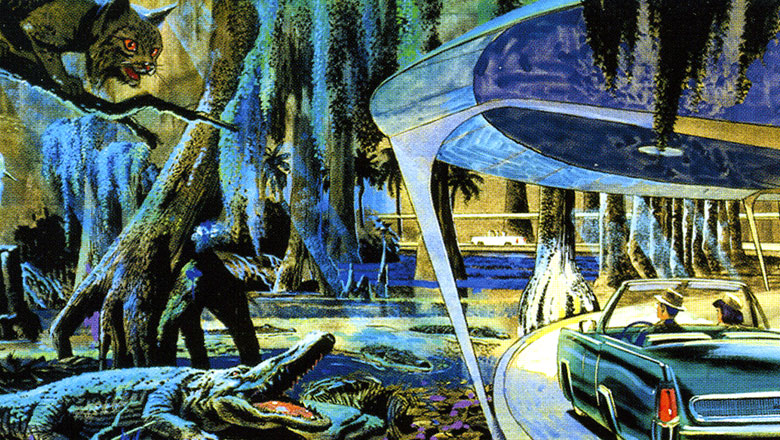
So it’s no surprise that the four attractions Disney’s designers created were among the most spectacular in the era, each groundbreaking in its own way (see, Great Moments with Mr. Lincoln, Carousel of Progress, and “it’s a small world”). Still, one of WED’s attractions from the World’s Fair is often forgotten: the Ford Magic Skyway.
Initially, Disney Imagineers had drafted ideas for attractions where guests would be seated in (motorless) Ford convertibles, moving through dark ride scenes representing American landscapes from the desert to the redwood forests; the Grand Canyon to the Florida Everglades (above).
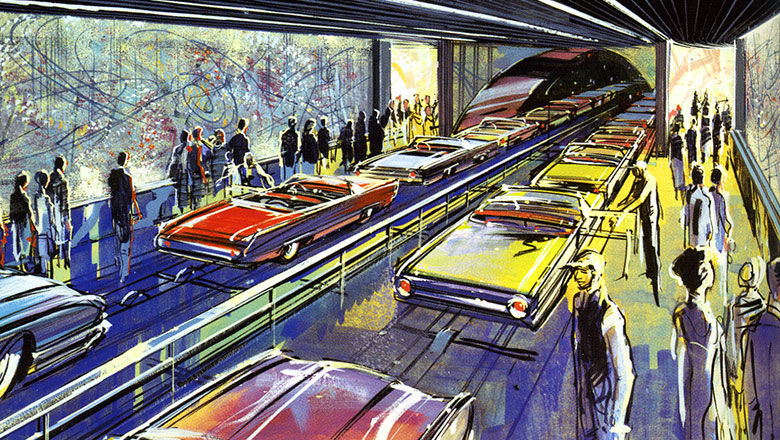
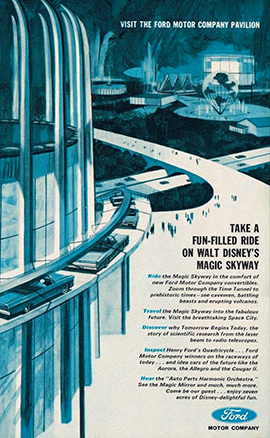
However, Ford’s competitor – General Motors – launched an early ’60s ad campaign urging Americans to “See the USA by Chevrolet,” officially shelving plans for Ford’s “Symphony of America” World’s Fair attraction. Instead, designers opted to utilize the 1963 advent of the Audio-Animatronics figure (premiering in that year’s Modern Marvel: The Enchanted Tiki Room) to do something even more spectacular.
Rather than a roadtrip across the USA, the Ford Magic Skyway would be a road trip through time. In the pavilion’s grand and cavernous Wonder Rotunda, guests would climb aboard sensational motorless Ford cars that would effortlessly glide along aerial highways around the pavilion’s exterior, looking over the World’s Fair below.
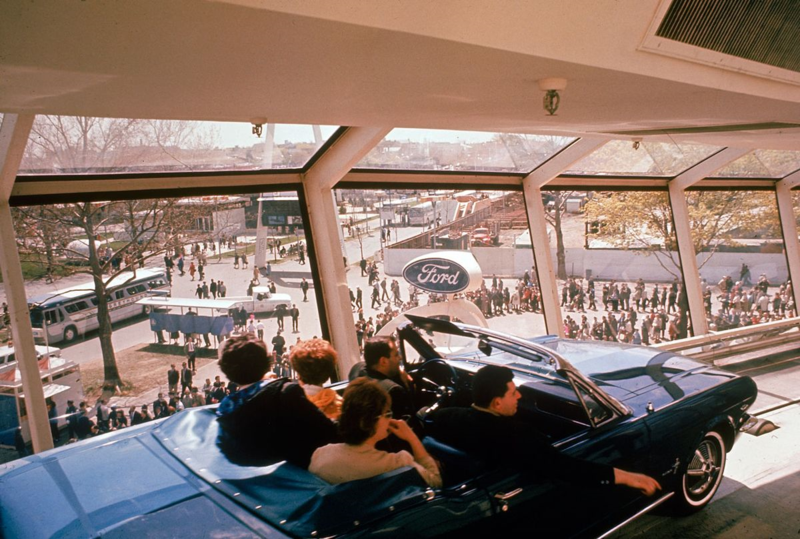
Then the real magic would happen…. Those floating Ford motor cars would pass into the pavilion itself, with riders suddenly finding themselves in a primeval forest, passing by a most unexpected sight: grazing sauropods chewing aquatic plants as their babies play in a lagoon. In fact, the Ford Magic Skyway contained over 60 individual Audio-Animatronics figures, bringing dinosaurs to life in a way the world had never seen.

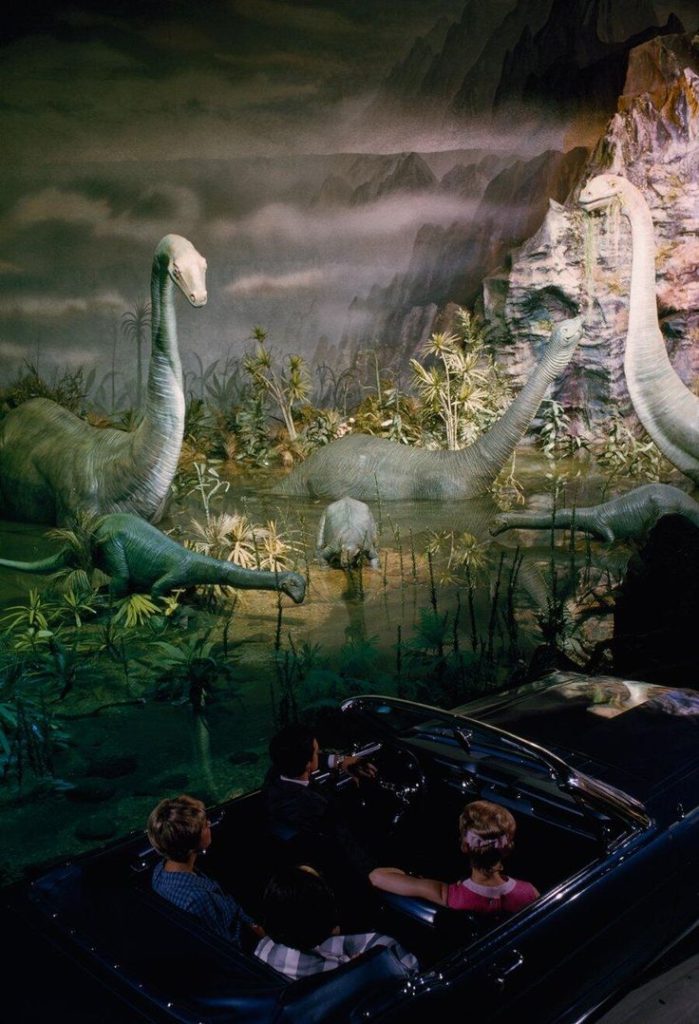
This prehistoric world also included scenes of a triceratops family with hatching eggs and a stegosaurus and Tyrannosaurus rex locked in a battle. The epic attraction would then continue on through time, passing scenes of cavemen standing before the sunrise, prehistoric man hunting a mammoth, the origins of cave paintings, and finally, a portal into the future, giving guests a glimpse at the wonders of a futuristic city of criss-crossing highways.
At the close of the World’s Fair in 1965, three of Disney’s four contibutions were shipped back to Disneyland and installed: “it’s a small world” (designed for Pepsi and UNICEF), Great Moments with Mr. Lincoln (for the State of Illinois), and the Modern Marvel: Carousel of Progress (for GE). The one ride that didn’t make it back to Anaheim was Ford’s Magic Skyway… at least, not in whole. Instead, the dinosaur vignettes were relocated to the Disneyland Railroad (where they remain today) while the motorless vehicle system itself would evolve into 1967’s Lost Legend: The Peoplemover.
Still, the biggest contribution from the New York World’s Fair might’ve been the inspiration it planted for what would happen nearly two decades later.
EPCOT

After Walt’s passing in 1966, remaining executives and designers tried to gather up what was left of their morale to push ahead on the Disney World being built in Florida. The Magic Kingdom park planned there was – in Walt’s mind – merely a means to an end. What really excited him about “the Florida Project” was E.P.C.O.T., his prototype city of the future that Walt sincerely thought would change American urban design forever.
Without Walt at the helm, Disney’s new leadership decided that building a city of the future was largely beyond the realm of possibility. E.P.C.O.T. was dead, and Disney World became the “Vacation Kingdom of the World” we know today.
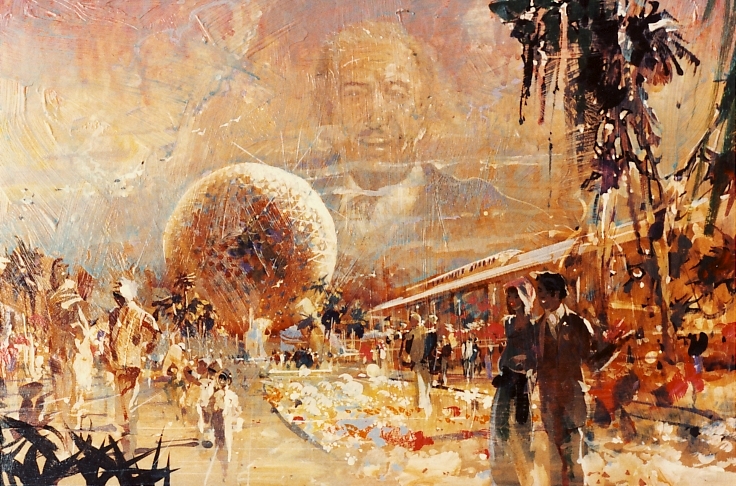
However, when the idea of adding a second theme park to Walt Disney World arose in the late ‘70s, executives toyed with how Walt’s EPCOT could inform them, at least in concept. Futurism, urban design, a living showcase of innovation and industry… you know where this headed: EPCOT Center was born.
Literally devised as a “permanent World’s Fair,” Disney’s idea was that EPCOT Center would indeed return to the optimism, wonder, and corporate power showcased in World’s Fairs decades ago… a living playground of industry and innovation showcasing corporations and cultures from around the world in two realms: Future World and World Showcase.
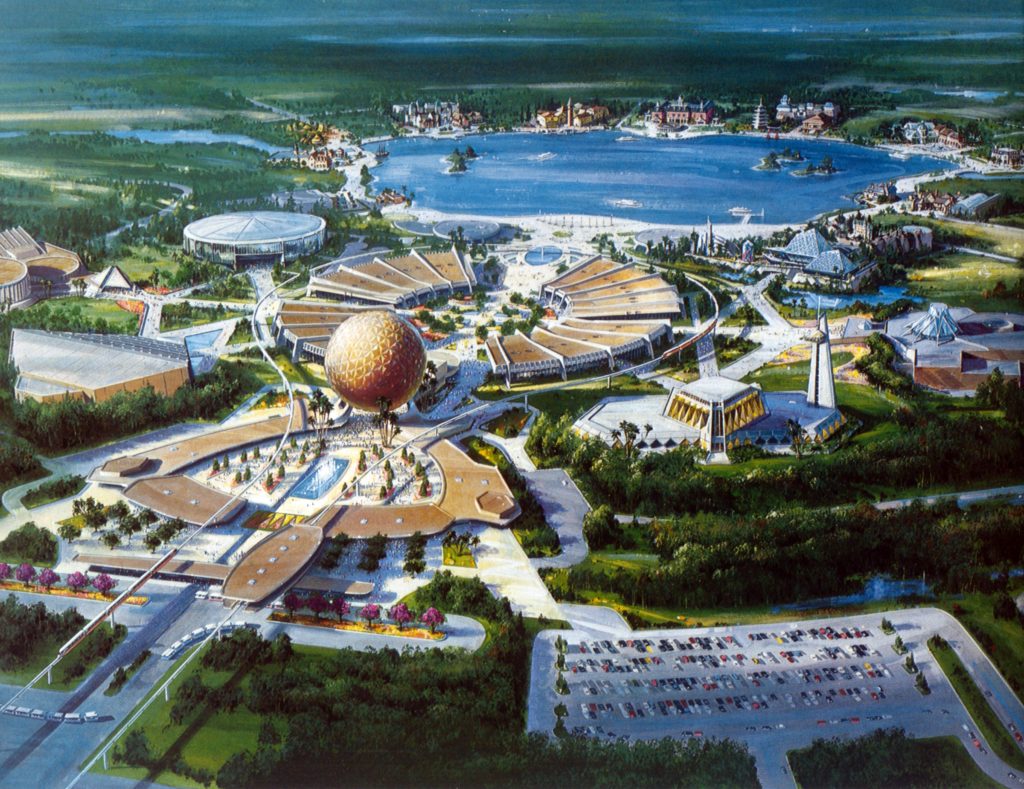
And, even better, Disney would follow the World’s Fair model where it mattered most: sponsorship. Like at the New York World’s Fair, each of EPCOT Center’s pavilions would be bankrolled by corporations and international governments who would shell out big bucks for a piece of property in this permanent showcase.
General Motors, for example, would happily sign on to sponsor a pavilion based on the transportation industry (lest their competitors do it first), carefully planting their brand and messaging into the pavilion. And then, General Motors would be compelled to keep the pavilion up to date, stocked with their latest innovations! All Disney needed to do was sit back and get paid to design and update the pavilion’s contents when needed. If you’re thinking that sounds like a win-win for Disney, it was true… So far.
Interconnected
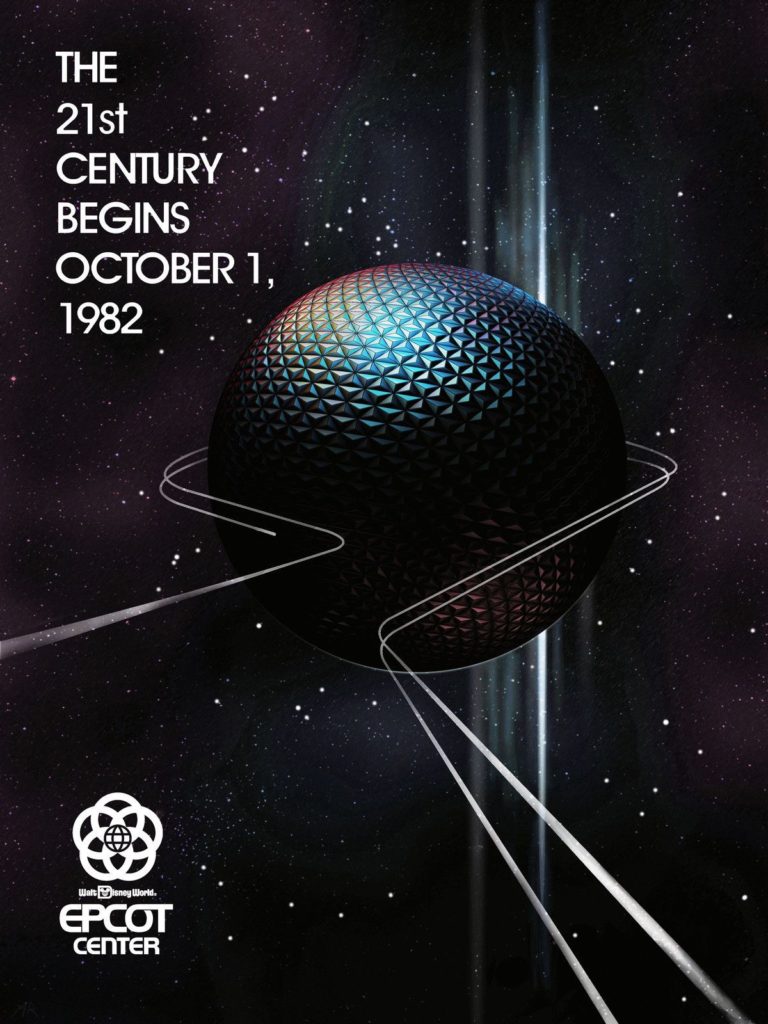
Brilliantly, Disney was able to master plan this “permanent World’s Fair,” ensuring that its pavilions not only complemented one another, but felt like puzzle pieces of the same overarching message:
To all who come to this place of joy, hope and friendship, welcome.
EPCOT Center is inspired by Walt Disney’s creative genius. Here, human achievements are celebrated through imagination, the wonders of enterprise, and concepts of a future that promises new and exciting benefits for all.
May EPCOT Center entertain, inform and inspire. And, above all, may it instill a new sense of belief and pride in man’s ability to shape a world that offers hope to people everywhere.
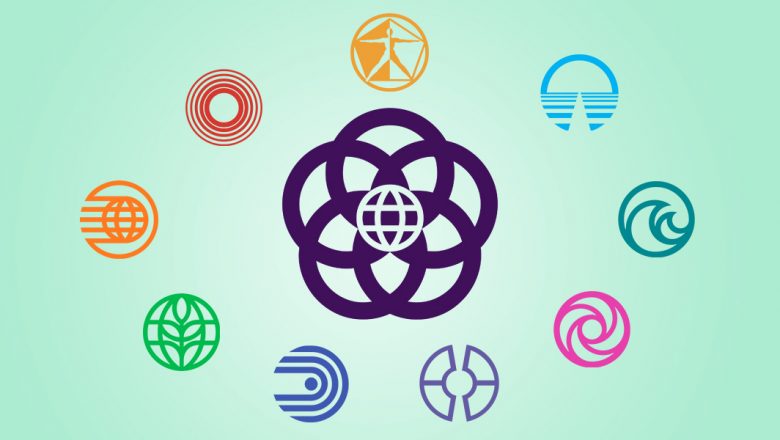
It’s as if designers took the idea of “a world that offers hope to people everywhere” and asked aloud, “How do we get there? What leads to a better world? Where can the wonders of enterprise create that exciting, promising future?”
The answer? Advances in communication. Technology. Oceans. Agriculture. Creativity. Transportation. Health and Medicine. And Energy.
And from there, the pavilions were born, each a showcase of a single area of enterprise offering hope; each a piece of the puzzle. And fittingly, each of Future World’s pavilions was united by something else: lengthy, informative, clever, educational dark rides through the history of each industry and into its future. The past, present, and future of transportation, ocean research, nutrition, creativity, and communication, with a single attraction to bring them all together.
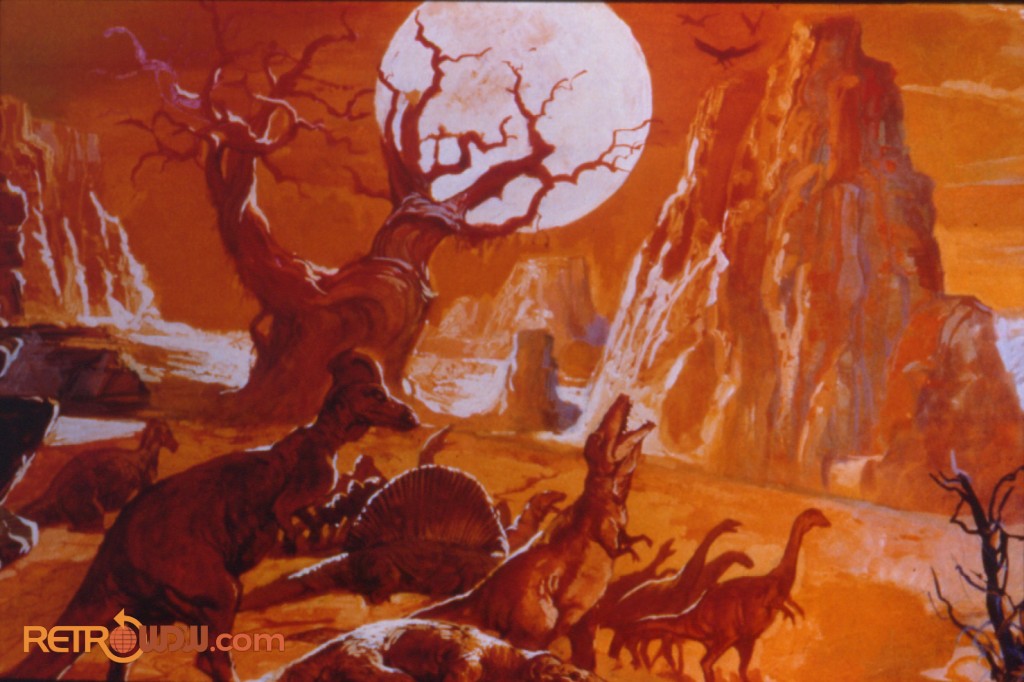
But of all of EPCOT Center’s epic, lengthy, informative dark rides, one reigned supreme… an unimaginable 45-minute journey farther into the past than any other. That’s because, if you asked Exxon, the past, present, and future of energy originated tens of millions of years ago.
A cornerstone of EPCOT Center and an icon of the era, Universe of Energy was a stunning dark ride that shaped our Future World… and the ride that opened may not be the Lost Legend we know…


